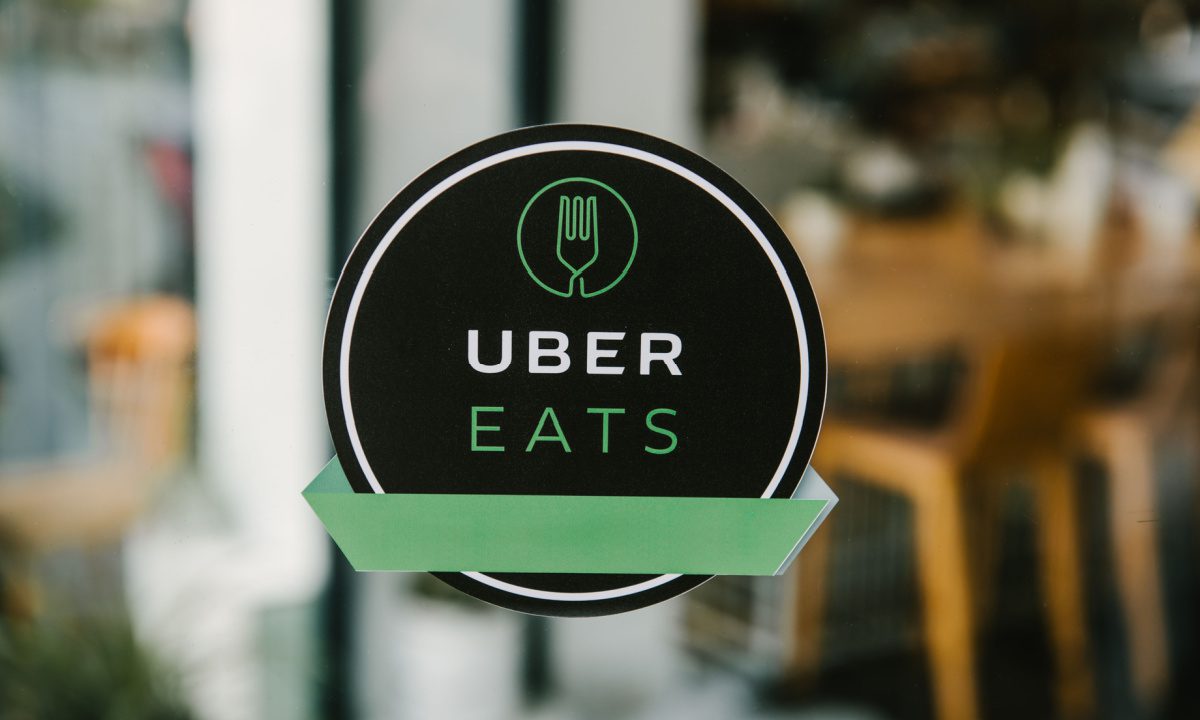Uber Eats has debuted a series of artificial intelligence (AI) features for restaurants.
The new offerings, introduced last week, allow restaurants to use AI to analyze customer reviews, auto-fill menu descriptions and enhance food photos.
“We’re using AI to detect and enhance low-quality food images — improving lighting, resolution, framing, and plating — to help restaurants showcase their dishes more accurately while elevating the customer experience from discovery to checkout,” the company wrote on its blog.
The review summary feature, meanwhile, lets restaurants draw insights from customer reviews. It highlights strengths and areas for improvement. The AI-generated item descriptions can help restaurants “to complete their menus, while also helping customers feel confident in their choices,” the blog post added.
Uber Eats has also introduced new tools for customers, such as the ability to post an image of a dish they had delivered if the item does not yet have a menu image, and a tool that lets merchants chat directly with diners after an order is received.
“Live order chat can help improve order accuracy by enabling real-time communication to confirm replacements for out-of-stock items, clarify special requests, and check in on dietary or allergy preferences,” the blog post said.
Uber Eats’ increased use of AI is happening as this technology is placing a larger role in the dining industry, as covered here last month.
The smart restaurant robot industry is expected to exceed $10 billion by the the decade’s end, helped along by deployment in applications like delivery, order-taking and table service, according to Archive Market Research.
Restaurants are also using AI to cover their administrative needs, with additional PYMNTS Intelligence research showing that close three-quarters of eateries say AI is “very or extremely effective” in accomplishing business goals.
“Robots are taking more active roles in both customer-facing and back-kitchen tasks, as restaurants face a perfect storm of challenges that include rising labor and food costs, persistent workforce shortages, and growing consumer demand for efficient service,” PYMNTS reported last month.
Uber Eats is among the companies taking part in this trend, launching autonomous delivery robots developed by Serve Robotics in the Dallas-Fort Worth metro area earlier this year.
